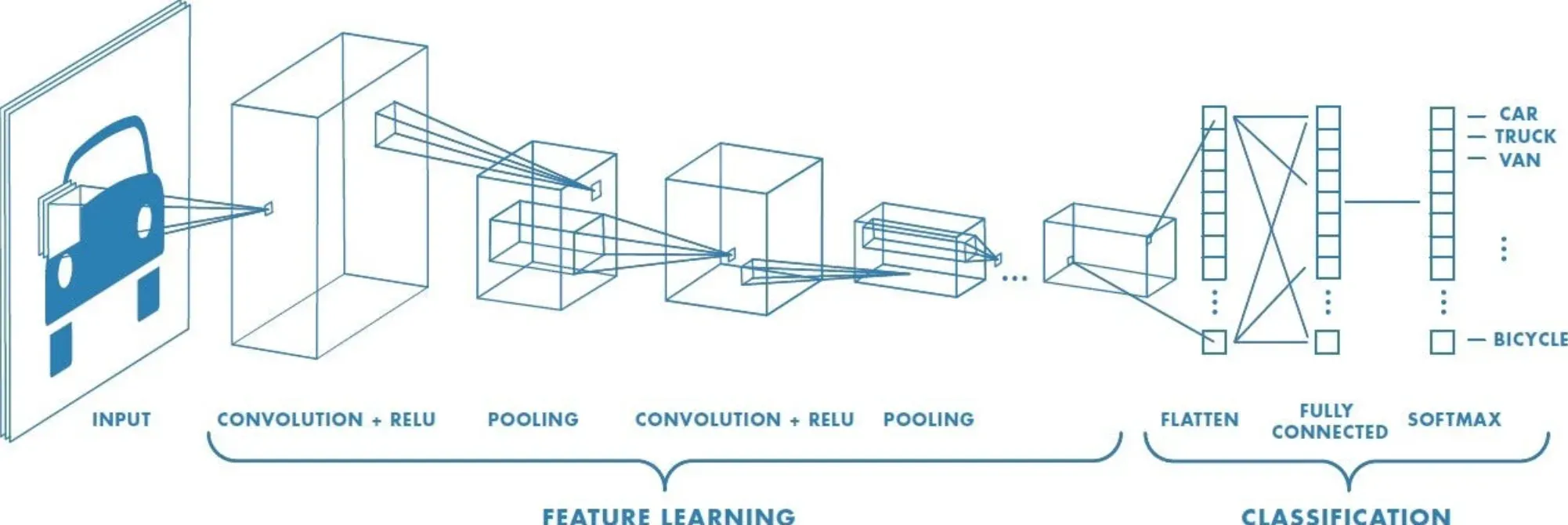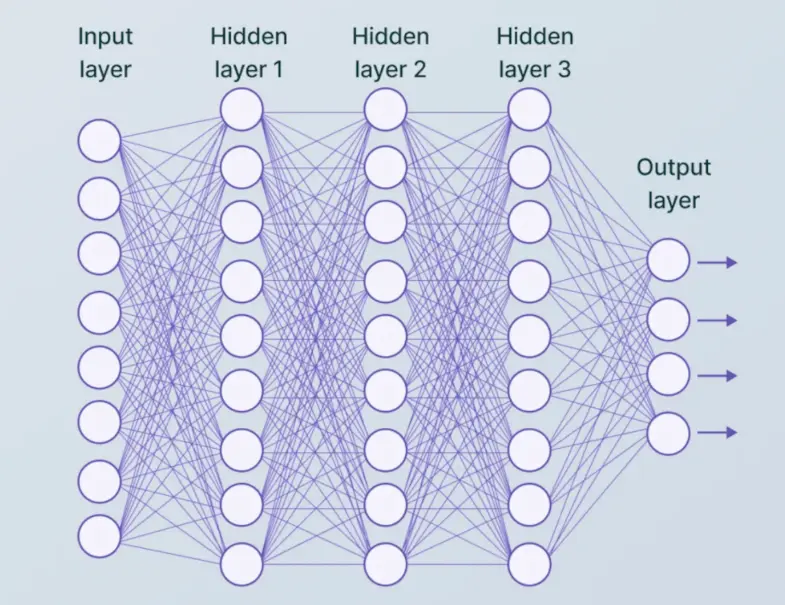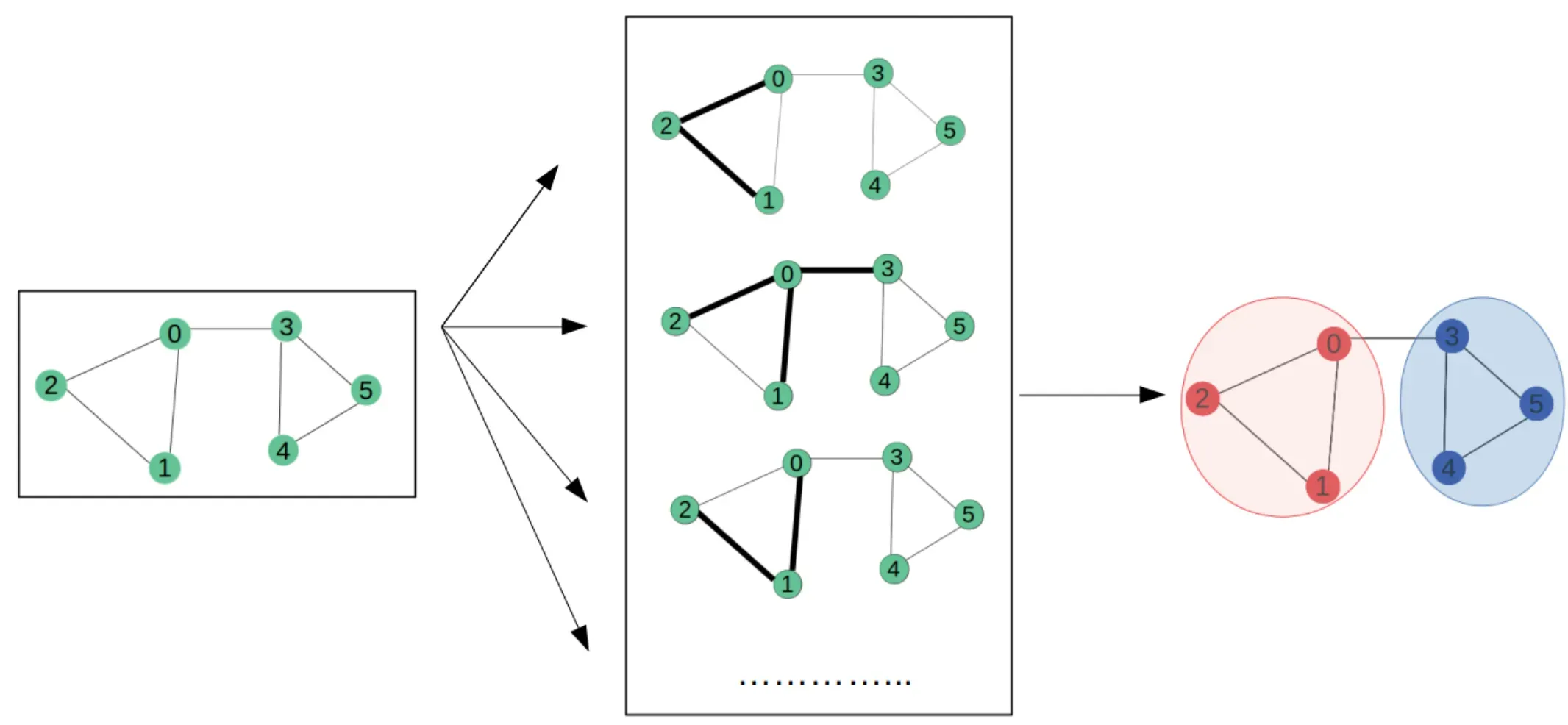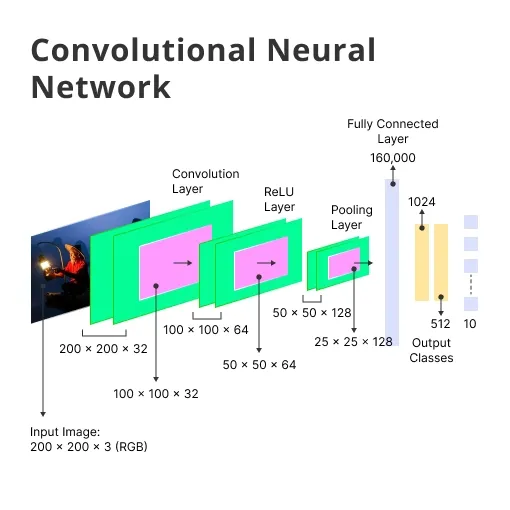What is a Convolutional Neural Network?
In the realm of deep learning, Convolutional Neural Networks (CNNs), sometimes referred as ConvNets, serve as a class of artificial neural networks that have proven highly effective in areas such as image recognition and classification.
Understanding the Name
Convolutional Neural Networks receive their name from the "convolution" operator, which is the mathematical function primarily used in the network's process.
Underlying Principles
CNNs leverage a variation of multilayer perceptrons and contain connected neurons where the weights are shared throughout various layers.
Components
Considering a standard CNN, the architecture is composed of a stack of Convolutional Layers, ReLU Layers, Pooling Layers, Fully Connected Layers and a Loss Layer.
Key Features
CNNs are designed to automatically and adaptively learn spatial hierarchies of features through a backpropagation algorithm, which is usually applied to a cost function.
Why are Convolutional Neural Networks Used?
Let's discuss the reasons for the widespread adoption of Convolutional Neural Networks in various sectors.
Superior Image Processing
CNNs are primarily used in the processing of visual imagery because they are proficient in processing 2D data.
Feature Learning
CNNs are able to identify the important features in a given data set autonomously, without any human supervision.
Scalability
CNNs are designed to manage multiple levels of abstraction, which means they can learn patterns with various levels of complexity.
Robust AI Models
CNNs are commonly used in the construction of artificial intelligence (AI) models, providing much-needed accuracy, efficiency and reliability.
Advanced Fields
In addition to image processing, Convolutional Neural Networks are also now being used in advanced fields like neuroscience and quantum chemistry.
Who Uses Convolutional Neural Networks?
Moving on from the 'why', now let's discuss the 'who'. We will understand various sectors and industries that apply CNNs in their operations.
Tech Companies
Leading technology companies including Google, Facebook, and Microsoft implement CNNs to develop innovative applications and features.
Autonomous Vehicles
For self-driving cars, CNNs form an integral part of the ability to recognize and understand the environment.
Medical Imaging
Medical imaging takes advantage of CNNs for automated diagnosis and for recognizing complex patterns within biomedical images.
Defense and Surveillance
CNNs have significant applications in facial recognition, object detection, and many other types of visual data interpretation in these fields.
eCommerce and Retail
CNNs assist in identifying and recommending visually similar items to online shoppers in eCommerce platforms.
How Do Convolutional Neural Networks Work?
Let's delve into the mechanics of a Convolutional Neural Network and understand how they function.

Convolutional Layer
This is the first layer in a CNN. It uses a set of learnable filters to create a feature map that identifies the spatial information from the input.
Subsampling or Pooling Layer
The pooling layer performs a downsampling operation along the spatial dimensions, decreasing the computational complexity and allowing the network to emphasize dominant features.
Fully Connected Layer
After several convolutional and pooling layers, the high-level reasoning in the neural network happens via fully connected layers.
Activation Functions
The activation function is used to introduce non-linearity into the output of a neuron. ReLU (Rectified Linear Unit) is widely used in CNNs.
Training and Learning Process
The training process involves feeding the network with labeled data to adjust the parameters and improve the accuracy with backpropagation and a suitable optimization algorithm.
When are Convolutional Neural Networks Used?
Now, let's understand the right situations and applications for deploying Convolutional Neural Networks.
Computer Vision Tasks
For tasks related to computer vision such as image and video recognition, CNNs are typically used due to their unparalleled efficiency and accuracy.
Natural Language Processing
CNNs are also often deployed for certain Natural Language Processing tasks, such as sentence classification or search query retrieval.
Autonomous Vehicles
As previously mentioned, CNNs are used extensively in autonomous vehicle technology for interpreting road signs, recognizing obstacles and making navigational decisions.
Image Segmentation
When precise interpretation of images into segments or categories is required, CNNs form an important part of the solution.
DNA Sequence Analysis
Not limited to image data, CNNs are also used in biological sequence analysis such as DNA sequence analysis.
Challenges in Implementing Convolutional Neural Networks
Like any other approach, implementing CNNs comes with its set of challenges.

Need for Large Datasets
CNNs generally require large amounts of labeled data to train, which can be a limitation in some cases.
Computational Expense
Due to the deep architecture and numerous parameters, the computational expense can be high when training and deploying CNNs.
Overfitting Problem
CNNs are high-capacity models, and if not equipped with adequate regularizers or trained on ample data, they can largely overfit the training set.
Interpretation Difficulty
One of the challenges is that the features CNNs learn are not easily interpretable, relating to the ongoing "black box" predicament in AI.
Need for Expertise
Creating effective CNN models requires expertise in handling high-dimensional data, performing effective preprocessing, appropriate model architecture design and more.
Best Practices for Implementing Convolutional Neural Networks
Considering the challenges, here are some best practices to take into account when implementing CNNs.
Choosing Correct Architecture
Choose the suitable CNN architecture depending on the nature and complexity of the task at hand, ensuring the right balance between complexity and performance.
Proper Data Preprocessing
Implementing appropriate data augmentation and normalization techniques can provide a robust dataset for CNN to learn from.
Regularization Techniques
To avoid overfitting, regularization techniques such as dropout, weight decay or L1 / L2 regularization can be useful.
Batch Normalization
Batch normalization can be used to achieve faster training and higher overall accuracy while allowing higher learning rates.
Adequate Hyperparameter Tuning
Fine-tuning the hyperparameters efficiently as per the dataset helps in extracting the best performance from a CNN.
Trends and Future Directions in Convolutional Neural Networks
Finally, let's look at some trends shaping the future of Convolutional Neural Networks.

Using CNNs in Quantum Chemistry
Recent research has shown promising signs of applying CNNs in quantum chemistry for predicting molecular properties.
Design of Architectural Topologies
AutoML, an auto design of CNNs, has shown promise in creating more efficient and accurate models without human intervention.
Object Detection Models
More sophisticated object detection models for real-time applications are under development leveraging CNNs.
Multimodal and Multitask Learning
Emerging research is showing how CNNs can be used for multiple tasks - called multitask learning - and across different types of data - called multimodal learning.
Integration with Generative Models
Generative models, like Generative Adversarial Networks (GANs) use CNNs as a critical component to generate new data that is similar to their training data.
By comprehending the Convolutional Neural Networks, one can envision a future with advanced technological advancements. The potential of CNNs is enormous, paving the way for breakthroughs in many sectors.
Their inherent ability to identify patterns makes them invaluable for applications requiring visual understanding and trend prediction. A future with more sophisticated CNNs certainly guarantees exciting prospects!
Frequently Asked Questions (FAQs)
How do Convolutional Layers Work in a CNN?
Convolutional layers apply filters to an input to create feature maps, highlighting key features like edges or textures, essential for understanding images.
What's the Role of Pooling Layers in a CNN?
Pooling layers reduce the dimensions of feature maps, simplifying the input's complexity without losing critical information, and aiding in efficient learning.
Can CNNs handle color images?
Yes, CNNs can handle color images by using separate input channels for each color component (e.g., RGB), processing them concurrently.
Why are CNNs preferred for Image Recognition tasks?
CNNs excel at automatically detecting hierarchical, complex patterns in images, making them superior for tasks like image recognition and classification.
How does a CNN Differ from a Standard Neural Network?
CNNs use convolutional layers that are specifically designed for processing structured grid data like images, unlike standard neural networks which don't differentiate data type.

